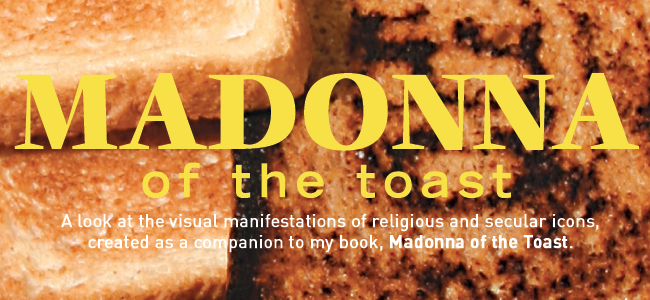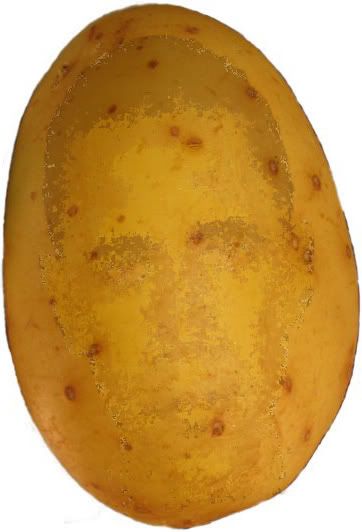For you long-time readers, this Jesus doggie door is nothing new. Back in January 2007, I blogged about Roger Bowman’s tale of disobedient dogs and how this scratch-formed Jesus face saved them from the pound. What is new, however, is this eBay auction – to the winner goes the doggie door, framed for posterity. Apparently, according to Bowman’s thorough eBay explanation, he has lost his job and needs a quick cash infusion to cover his mortgage.
Like the economy, plenty has changed about this story since it was first reported. One of the dogs is dead, and Bowman no longer believes that the image resembles the Shroud of Turin, though he maintains that it is Jesus, partly because of the iconic beard and long hair, but also because of other circumstances: “The compelling factor in judging this image is the convergence of both the image, which had never before been observed in any way prior to the day it was discovered in full form, and the fact it appeared on an item that was of extreme relevance to the most important issue facing my family at that time.”
As of writing this post, the current bid stands at $1,850. Needless to say, it has generated ample press, like here. It’s hard to imagine why such a personal object for Bowman would be worth much to anyone else, especially in this dire economic climate, but the display case alone is pretty nifty: “The backlight is created from ultra-thin fluorescent tubes that are housed in a pre-manufactured backlight device with a semi-opaque front. It is typically used to backlight transluscent [sic] store signs such as fast food menus.” If there’s one thing that says “classy” and “spiritual” to me, it’s fast-food menu lighting. Actually, the lighting is necessary if you want to see this semblance; it has been rigged to replicate how the sun lit the doggie door on the day when Bowman first noticed the image.
Should you want to kick in for airfare and provide notice one week in advance, Bowman and his dog Hercules will attend an “unveiling,” and presumably pose for some photographs.







